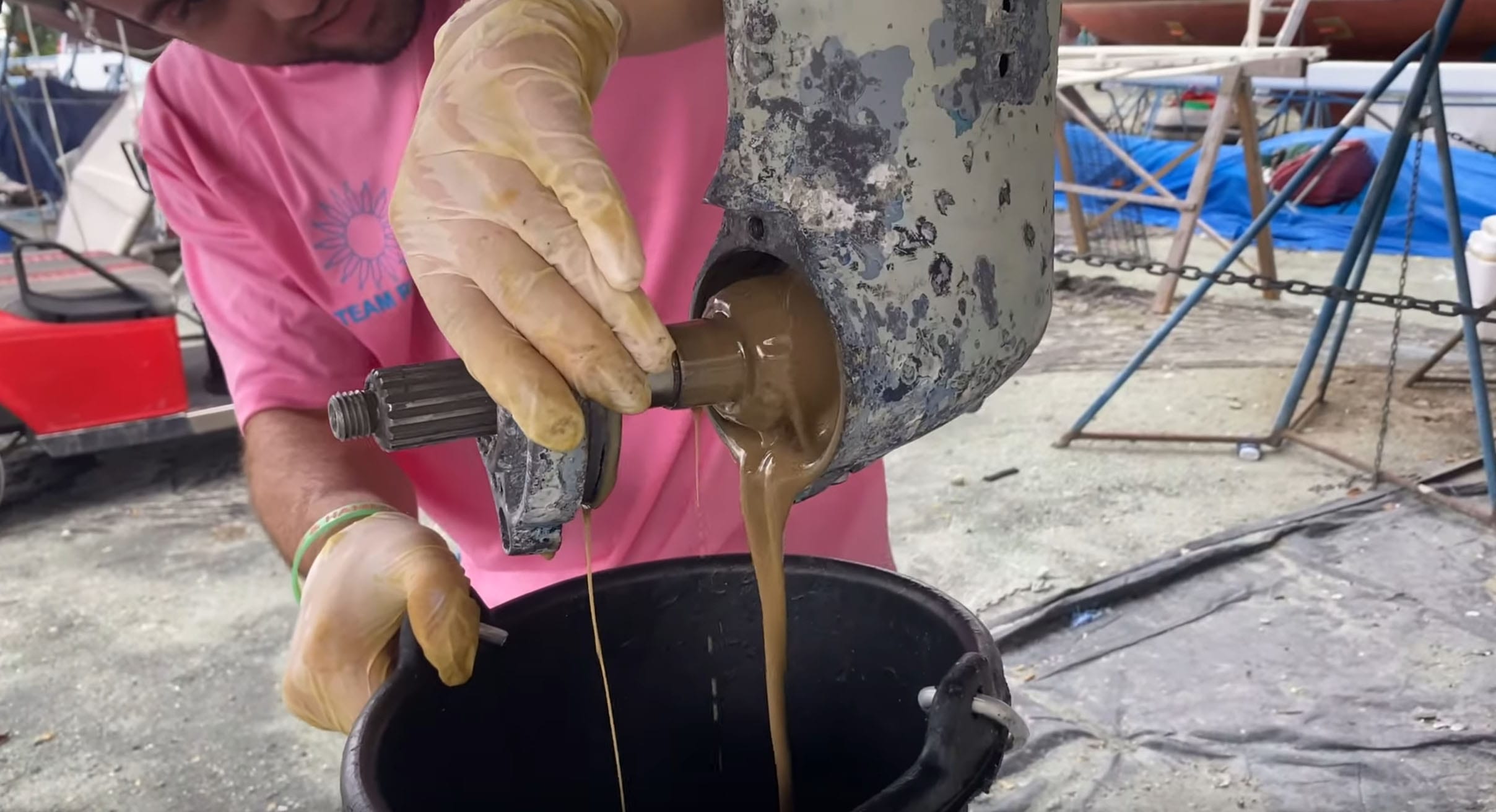Shaft Drives
Antares doesn’t cut corners by installing sail-drives.
A shaft drive propulsion system is far superior, especially for a global cruising yacht. While a sail drive installation of a compact unit of engine and drive train offers some advantages for convenient and relatively inexpensive installation by the builder, the advantages of a shaft drive are critical for a true blue-water global cruising catamaran.
The following key advantages of shaft drive propulsion for a global cruising yacht are an important decision factor for anyone considering such a voyage.
Low Maintenance
Shaft drive systems are much lower maintenance than sail-drives. There is no complicated gearbox that must be serviced, or aluminum housing in the water that is prone to galvanic corrosion.
Easily Serviced
You don't need to haul the boat for servicing shaft drives. This is especially important for a global cruising catamaran, as haul out facilities can be difficult to find, and expensive.
Best Handling Under Power
By using a shaft drive, the propellers and shaft exits are placed for best handling under power (in front of the rudders) and have minimal drag (at junction where the keel meets the hull at a point where disruption of flow would be minimized). Additionally, the props located deep in the water are not subject to aeration in a heavy seaway and there are no restrictions to the choice of propeller style.
Balanced Boat
Moving the engines close to mid-ship, provides a favorable wave reaction motion, which results in a more comfortable sail.
Watch this video if you are still unsure how hard it is to service a sail-drive, especially in remote places around the world.

Example Photos of Sail-drive Maintenance
All sail-drives need maintenance. The question is do you want to be dealing with this maintenance while you are cruising in remote areas of the world? You never have to worry about these issues with a shaft drive, which is standard on all Antares Catamarans.






